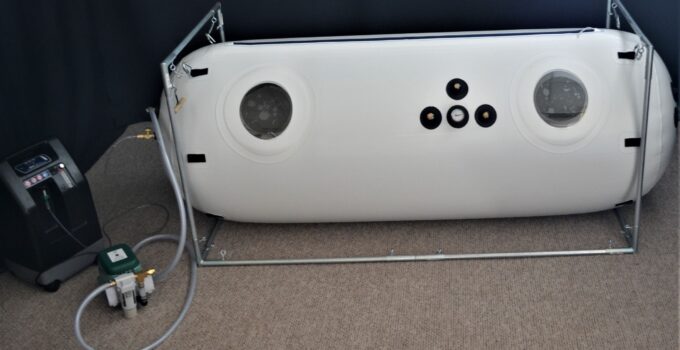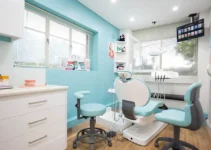Hyperbaric oxygen therapy (HBOT) stands at the forefront of innovative medical treatments, offering a unique approach to healing and recovery. Traditionally confined to clinical settings, HBOT has long been recognized for its remarkable therapeutic benefits in treating a range of medical conditions, from chronic wounds to decompression sickness.
The therapy involves breathing pure oxygen in a pressurized environment, a process that enhances the body’s natural healing capabilities by increasing oxygen delivery to tissue. Today, we want to help by going through various aspects of having an HBOT chamber at home, offering insights into the critical factors to consider before making this significant health investment.
Page Contents
Do Your Research
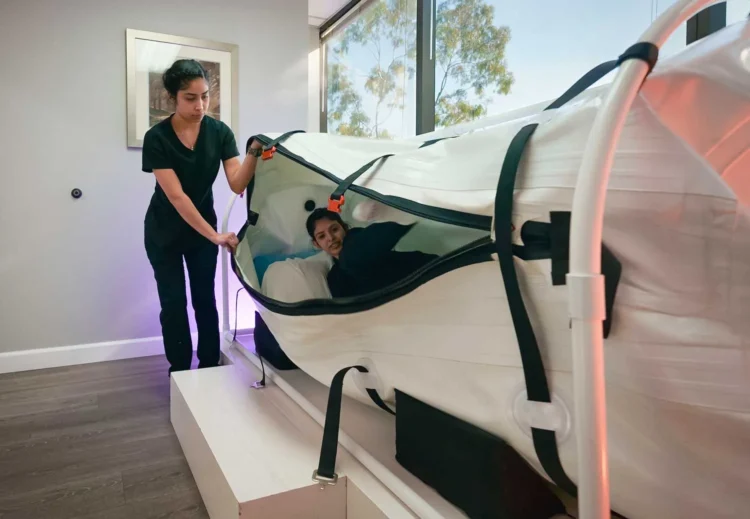
Source: kwellness.com
Understanding the mechanics and implications of HBOT is crucial before investing in a home setup.
HBOT chambers work by providing oxygen at higher than atmospheric pressures, aiding in the treatment of various medical conditions. When considering hyperbaric chamber at home use, it’s essential to grasp its approved uses, such as wound healing and decompression sickness, and potential side effects.
Research should extend to understanding the differences between medical-grade HBOT chambers and those designed for recreational use. Each type has distinct specifications and safety profiles. Consulting a healthcare professional is paramount. A doctor can offer insights specific to your health needs and determine if hyperbaric chamber for/at home use is a suitable option.
Ensure It’s a Legitimate Medical Device
In the expanding market, it’s critical to distinguish between genuine medical devices and those that are substandard or intended for non-medical use. Making the right choice ensures safety and efficacy.
The quality and purpose of HBOT chambers can vary dramatically across manufacturers. Medical-grade chambers are designed to meet stringent health and safety standards. These standards ensure that the chamber can deliver the correct levels of pressure and oxygen necessary for therapeutic purposes.
When searching for a hyperbaric chamber for/at home use, it’s essential to identify manufacturers with a strong reputation in the medical community. These manufacturers invest in clinical research, adhere to regulatory compliance, and are often recommended by healthcare professionals.
It’s equally important to be cautious of non-medical or recreational chambers that flood the market. These often come at a lower price point, which can be appealing, but they may not meet the necessary safety and efficacy standards.
In some cases, these recreational chambers are not designed to deliver therapeutic levels of hyperbaric pressure, rendering them ineffective for medical treatment. Moreover, they may not have undergone the rigorous testing and quality control that medical-grade chambers are subjected to, posing potential safety risks to users.
Consider the Costs
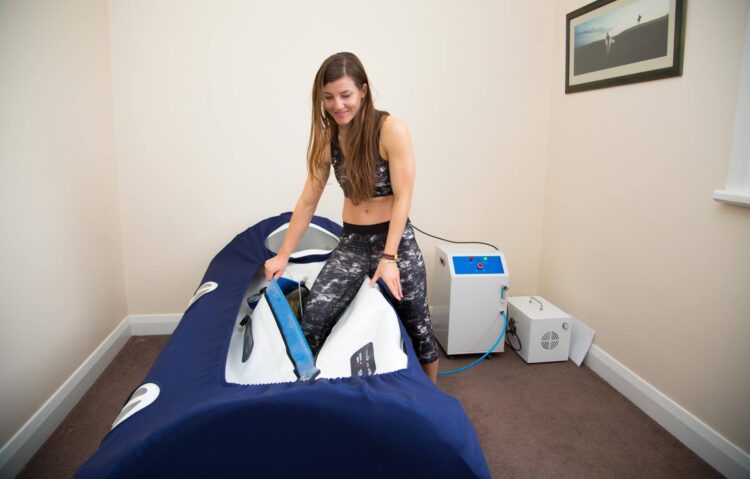
Source: macypanhyperbaricchamber.com
The decision to install an hyperbaric chamber at home usehyperbaric chamber at home usegoes beyond just acquiring the device. It’s a long-term financial commitment that requires careful consideration of various expenses.
The first and most obvious cost is the purchase price of the hyperbaric chamber. Prices vary widely depending on the chamber’s size, features, and technology. However, the expenses do not stop there.
Installation can be complex and costly, often requiring modifications to your home to accommodate the chamber safely and effectively. This might include structural changes, adding ventilation systems, or electrical upgrades to meet the power requirements of the chamber. Once installed, ongoing maintenance becomes a regular expense. Regular servicing is necessary to ensure the chamber operates safely and efficiently.
This could include replacing parts, conducting safety checks, and ensuring the chamber remains airtight and structurally sound. Moreover, the cost of electricity to run the chamber can add a significant amount to your monthly bills, depending on the frequency and duration of use.
In addition to these, there are costs for necessary supplies. This includes oxygen tanks or concentrators, specialized internal linings or mattresses for comfort and safety, and, in some cases, specific medical monitoring equipment to track the user’s health during sessions. These supplies will require periodic replenishment or replacement, adding to the ongoing costs.
When considering financial planning for an HBOT chamber at home, it’s also important to think about the long-term. Compare the costs of regular treatments at a medical facility with the investment in a home-based system.
While the upfront costs may be higher for a home system, it could offer savings over time, especially if long-term therapy is anticipated. However, this calculation should also factor in the value of professional medical supervision typically available at treatment centers.
Check Your Homeowner’s Insurance
The installation of an HBOT chamber at home could have implications for your homeowner’s insurance.
Review your insurance policy to ensure it covers potential damage related to the chamber. This is a critical step in mitigating financial risk.
If necessary, consider updating your insurance policy to include coverage for medical equipment like HBOT chambers.
Look Into Safety Certifications
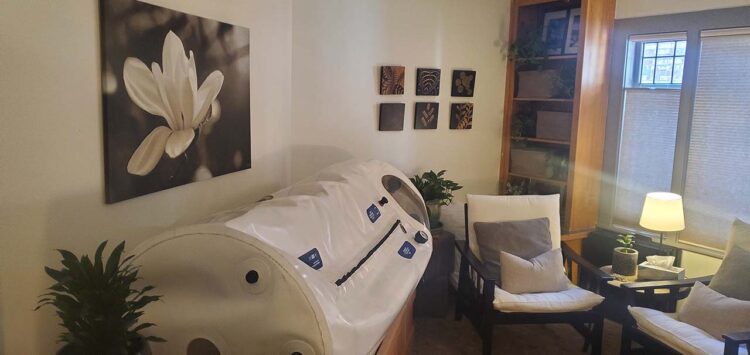
Source: evergreencenter.net
Safety is a paramount concern when bringing medical equipment like an HBOT chamber into a home setting.
Ensure the chamber meets industry safety standards. Certified chambers are designed to minimize risks such as fire and electrical hazards.
Regularly verify that the chamber maintains these standards over time, especially after any maintenance or repairs.
Have a Trained Operator
The operation of an HBOT chamber requires specific knowledge and skills.
HBOT at home should be conducted under the guidance of a trained professional. This is critical in avoiding mishaps and ensuring the treatment’s effectiveness.
If a family member will operate the chamber, ensure they receive proper training. This includes understanding the chamber’s mechanics and recognizing potential emergencies.
Inspect and Maintain It Regularly
Regular inspection and maintenance are vital for the longevity and safety of an HBOT chamber.
Adhere strictly to the manufacturer’s guidelines for testing and upkeep. This will help in early identification of issues that could lead to malfunctions or safety hazards.
Set a regular schedule for professional inspections, even if everything seems to be functioning correctly.
Talk to Your Doctor About Protocols
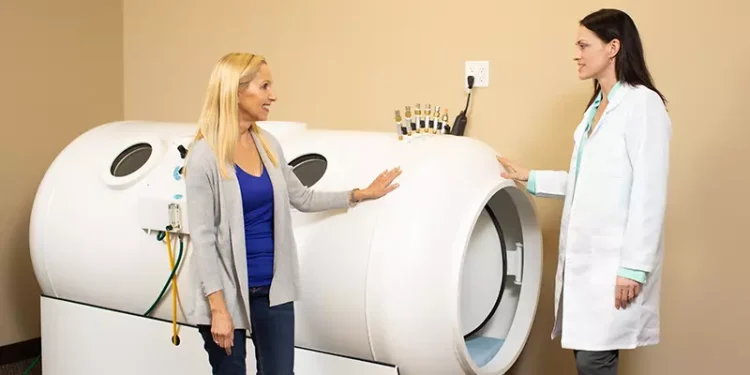
Source: amenclinics.com
HBOT treatment protocols vary based on individual medical conditions and needs.
Work with your physician to determine the most appropriate treatment regimen for your specific condition. This ensures that you receive the full benefits of HBOT at home without overexposure.
Regularly review and adjust the treatment plan as necessary, in consultation with your healthcare provider.
Closing Thoughts
Implementing HBOT at home comes with significant considerations in terms of safety, cost, maintenance, and medical supervision. While the convenience and potential health benefits of having an HBOT chamber at home are appealing, it’s crucial to weigh these against the responsibilities and risks involved.

